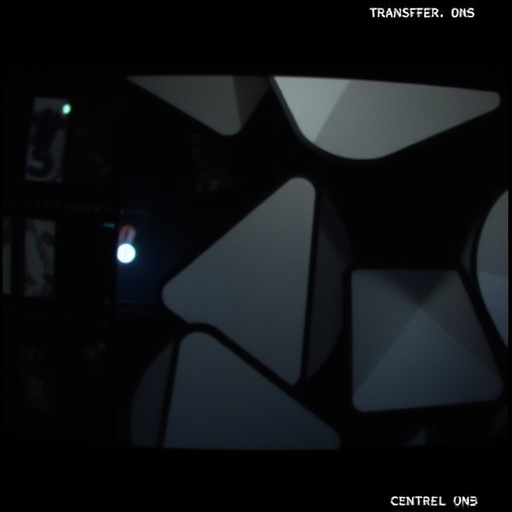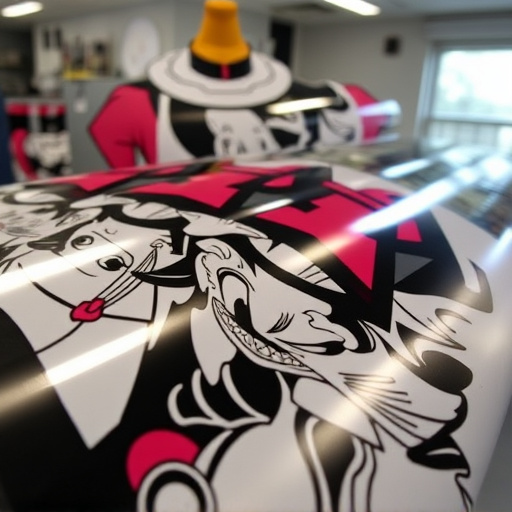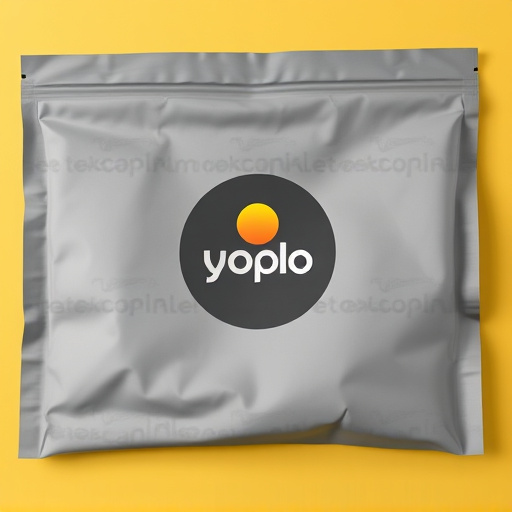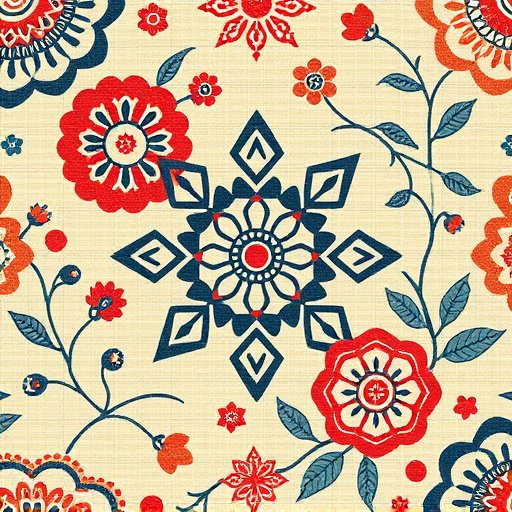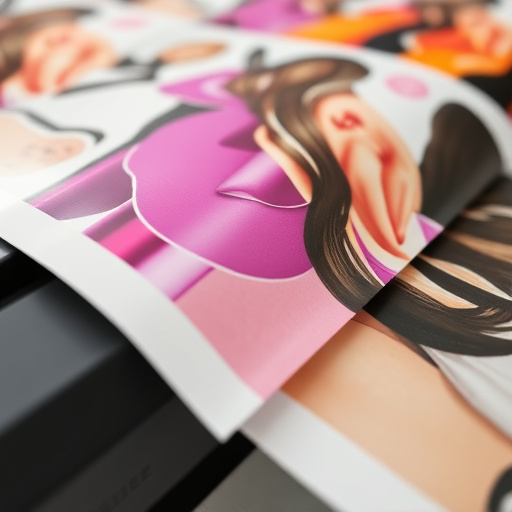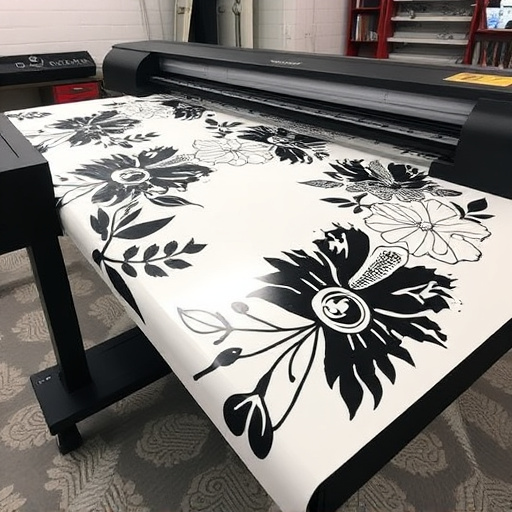Direct to Fabric (DTF) technology has revolutionized apparel production by enabling on-demand custom garments with high-quality prints, reducing setup costs and minimum order requirements. DTF Market Trends empower brands to offer personalized, limited-edition pieces while minimizing waste. Fast fashion's shift towards sustainability is reflected in DTF market trends, where brands use custom DTf transfers and direct-to-garment printing for quick turnaround times and eco-conscious choices.
The apparel industry is undergoing a significant transformation as it adapts to the rapidly evolving DTF (Direct-to-Consumer) market trends. This article explores the profound impact of DTF on apparel production, delving into how brands are reshaping their strategies to meet consumer demands for instant gratification. We also dissect the delicate balance between fast fashion and sustainability in this new landscape, highlighting key trends that define the future of the industry.
- Unraveling DTF's Impact on Apparel Production
- Consumer Preferences: Shifting towards Instant Gratification
- Sustainable and Fast Fashion: A Delicate Balance
Unraveling DTF's Impact on Apparel Production
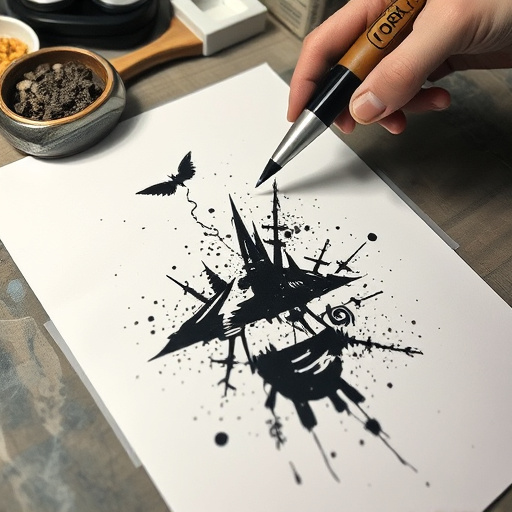
The emergence of Direct to Fabric (DTF) technology has brought about a significant shift in the apparel industry’s production landscape. This innovative approach to printing allows designers and manufacturers to create custom, on-demand garments with intricate and vibrant DTF prints. By eliminating the need for costly set-up fees and large minimum orders, DTF printers have democratized the process of bringing unique fashion concepts to life.
This trend is reshaping the way apparel is produced and distributed, giving rise to more sustainable and agile manufacturing practices. With DTF for Apparel, brands can now offer a wider range of personalized and limited-edition pieces, catering to individual consumer preferences. The impact extends beyond customization; it also encourages faster production times, reduces waste, and opens doors to endless creative possibilities, making it a game-changer in the ever-evolving DTF Market Trends.
Consumer Preferences: Shifting towards Instant Gratification

In the fast-paced world of today, consumer preferences are shifting dramatically towards instant gratification. The rise of digital technologies and e-commerce has played a pivotal role in this change, with buyers increasingly demanding quick access to products tailored to their unique needs and wants. This trend is no different within the apparel industry, where manufacturers and retailers are adapting to meet the demands of the dynamic DTF Market Trends.
The shift towards instant gratification is driving the adoption of custom DTf transfers, enabling brands to offer personalized, on-demand apparel. DTf meaning stands for direct-to-garment printing, a technique that allows for intricate designs and fast turnaround times. This not only caters to the desire for immediate satisfaction but also opens up opportunities for businesses to create unique, limited-edition pieces, fostering a sense of exclusivity among consumers.
Sustainable and Fast Fashion: A Delicate Balance
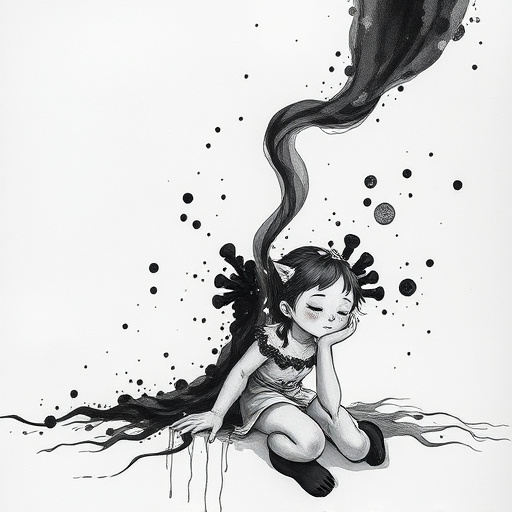
The apparel industry is navigating a delicate balance between fast fashion’s rapid turnaround and growing consumer demand for sustainability. As DTF (Direct-to-Film) market trends gain traction, brands are exploring its potential to offer on-trend, limited-edition designs with reduced environmental impact. While the bulk DTF shirt production model promises speed and cost-efficiency, it raises concerns about waste and overproduction.
Clothing brands are increasingly adopting logos DFT for more sustainable practices, allowing for unique, custom designs without the need for extensive inventory. This shift empowers brands to meet consumer expectations for eco-conscious choices while embracing innovation like direct to film printers. By carefully considering production methods and material sources, apparel manufacturers can contribute to a more responsible future within the fast-paced DTF market trends.
The apparel industry is undergoing a significant transformation as it embraces the dynamic nature of DTF (Direct-to-Consumer) market trends. By understanding consumer preferences shifting towards instant gratification and navigating the delicate balance between fast fashion and sustainability, brands can capitalize on this evolving landscape. Adapting to these DTF market trends not only ensures business resilience but also contributes to a more agile and responsible fashion ecosystem.








